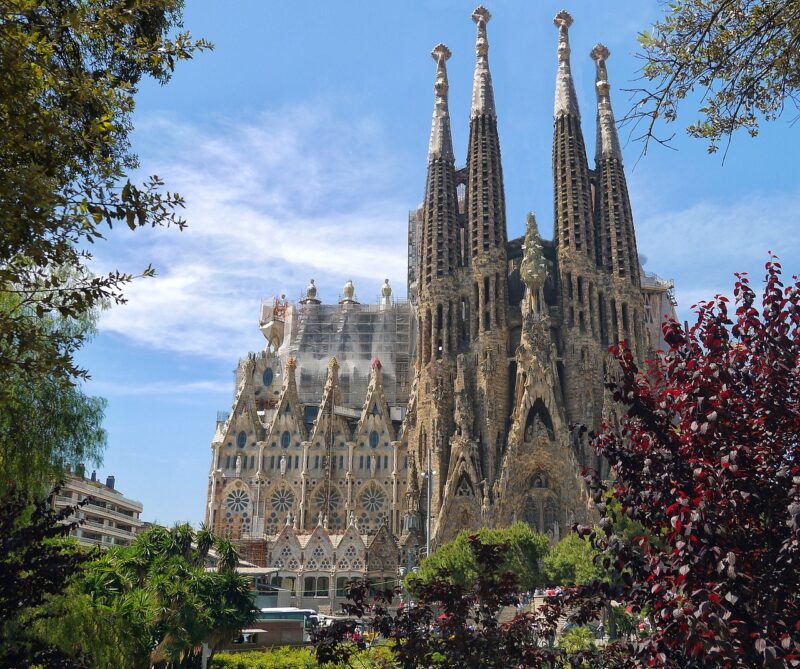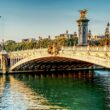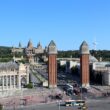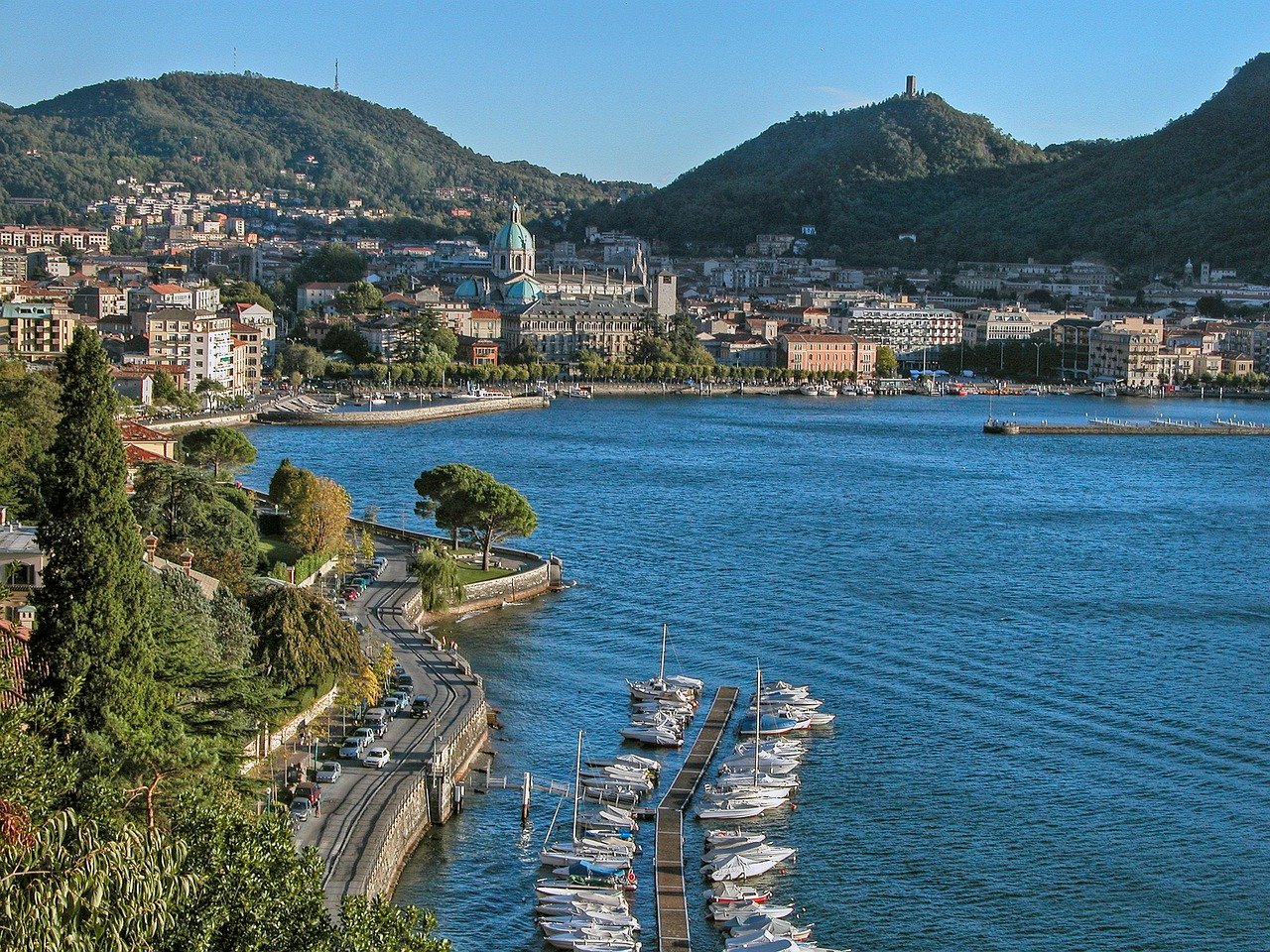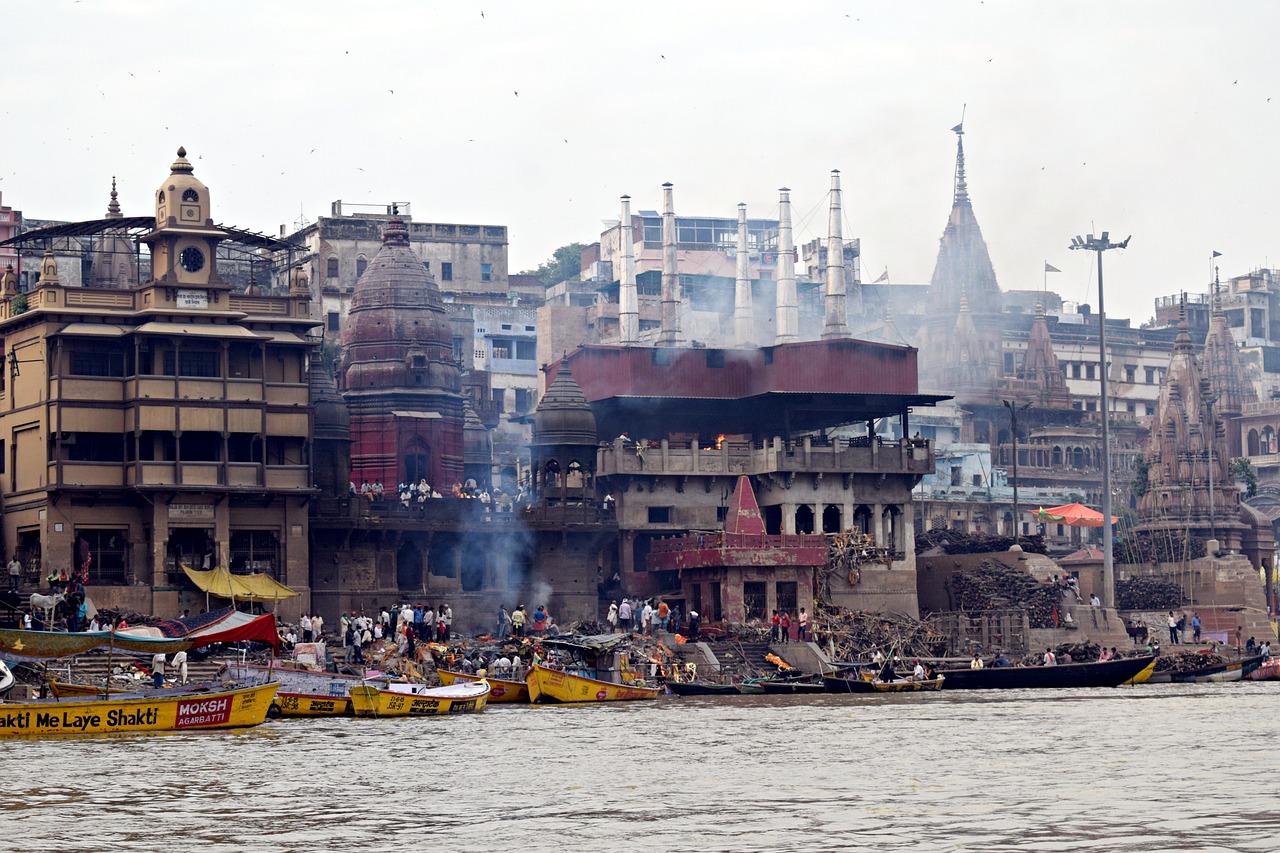The Sagrada Família is not just a church; it is a monumental symbol of architectural ambition and a testament to the creativity and vision of Antoni Gaudí. Located in Barcelona, Spain, this basilica has captivated millions with its intricate designs and towering spires, making it one of the most visited landmarks in the world.
Table of Contents
- Historical Background
- Antoni Gaudí: The Visionary Architect
- Design and Architecture
- Exterior Design
- Interior Design
- Innovative Techniques and Materials
- Construction Challenges
- Current Status and Ongoing Work
- Cultural and Religious Significance
- Tourist Attraction
- Sagrada Família in Popular Culture
- Comparisons with Other Famous Churches
- Future of Sagrada Família
- Conclusion
- FAQs
Historical Background
The idea for the Sagrada Família was conceived in the late 19th century when a local bookseller, Josep Maria Bocabella, was inspired to create a church dedicated to the Holy Family. Construction began in 1882, initially led by architect Francisco de Paula del Villar. However, in 1883, Antoni Gaudí took over the project, transforming it with his unique vision until his death in 1926.
Antoni Gaudí: The Visionary Architect
Antoni Gaudí, born in 1852, was a Catalan architect known for his distinctive style that combined Gothic and Art Nouveau forms. His early works, influenced by nature and religion, showcased his innovative approach to architecture. When Gaudí took over the Sagrada Família project, he envisioned it as a “cathedral for the poor,” blending traditional Gothic elements with his own modernist touches.
Design and Architecture
The Sagrada Família’s design is a blend of Gothic and modernist styles, characterized by its use of light, color, and organic shapes. Gaudí’s deep faith and love for nature are evident in every aspect of the church. The facades and interiors are laden with religious symbolism, telling the story of Christ and the history of the faith.
Exterior Design
- Nativity Facade: This facade is dedicated to the birth of Jesus Christ and is rich with details symbolizing life and joy. It features scenes from Christ’s childhood and is adorned with intricate carvings of plants and animals.
- Passion Facade: In stark contrast to the Nativity Facade, the Passion Facade is somber and stripped back, depicting the suffering and death of Christ. The angular, harsh lines convey the brutality of the crucifixion.
- Glory Facade: Still under construction, this facade will be the largest and most magnificent, representing the road to God and eternal glory.
Interior Design
Stepping inside the Sagrada Família is like entering a forest. The columns, designed to look like trees, branch out at the top, supporting a ceiling that mimics a canopy of leaves. The stained glass windows, with their vibrant colors, bathe the interior in a kaleidoscope of light, creating a spiritual atmosphere that is both serene and awe-inspiring.
Innovative Techniques and Materials
Gaudí was ahead of his time, employing innovative techniques and materials in the construction of the Sagrada Família. He used hyperboloid structures and ruled surfaces to create complex forms that are both functional and aesthetically pleasing. Modern technology, such as 3D modeling and computer-aided design, continues to aid in the ongoing construction.
Construction Challenges
The Sagrada Família’s construction has faced numerous challenges over the years. Interruptions caused by political events, such as the Spanish Civil War, funding issues, and the sheer complexity of Gaudí’s designs have all contributed to the lengthy construction period. Despite these setbacks, work has continued, driven by a combination of private donations and ticket sales from the millions of visitors.
Current Status and Ongoing Work
As of now, the Sagrada Família is still under construction, with an anticipated completion date in the mid-2020s. The central tower, dedicated to Jesus Christ, will be the tallest church tower in the world when completed, symbolizing the connection between heaven and earth.
Cultural and Religious Significance
The Sagrada Família holds immense cultural and religious significance. It is a place of worship and pilgrimage, representing the devotion of the Catholic Church and the people of Barcelona. Its unique architecture has also made it a symbol of Catalan identity and pride.
Tourist Attraction
The Sagrada Família is a must-visit for anyone traveling to Barcelona. Visitors can explore the basilica, admire the detailed facades, and enjoy panoramic views of the city from the towers. To make the most of the visit, it’s recommended to book tickets in advance and consider guided tours to fully appreciate the history and architecture.
Sagrada Família in Popular Culture
The Sagrada Família has made numerous appearances in popular culture, from films and documentaries to literature and music. Its striking design has inspired artists and architects worldwide, cementing its place as an icon of modern architecture.
Comparisons with Other Famous Churches
Comparing the Sagrada Família to other famous churches, such as Notre-Dame in Paris or St. Peter’s Basilica in Vatican City, highlights its unique features. While traditional churches often follow a more uniform architectural style, the Sagrada Família stands out with its blend of Gothic and modernist elements, organic forms, and vibrant colors.
Future of Sagrada Família
The future of the Sagrada Família is as bright as its stained glass windows. With the expected completion drawing near, efforts will shift towards maintenance and preservation. The basilica will continue to attract millions, inspiring awe and admiration for generations to come.
Conclusion
The Sagrada Família is more than a building; it is a living work of art that embodies the spirit of Barcelona and the genius of Antoni Gaudí. Its intricate designs, rich symbolism, and ongoing construction make it a unique marvel that continues to evolve. As it nears completion, the Sagrada Família remains a testament to human creativity, faith, and perseverance.
FAQs
1. How long has the Sagrada Família been under construction?
Construction began in 1882, making it over 140 years in the making.
2. Why is the Sagrada Família still unfinished?
The construction has faced numerous interruptions, funding issues, and the complexity of Gaudí’s designs, contributing to the long building period.
3. Can visitors attend a mass at Sagrada Família?
Yes, the Sagrada Família hosts regular masses, and visitors can attend. However, it’s advisable to check the schedule in advance.
4. What are the visiting hours and ticket prices?
Visiting hours and ticket prices vary. It’s best to check the official website for the most up-to-date information.
5. How can I contribute to the construction of Sagrada Família?
Contributions can be made through donations via the official website, which go towards the ongoing construction and maintenance of the basilica.




